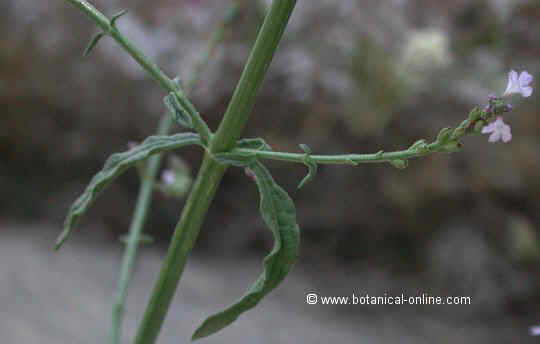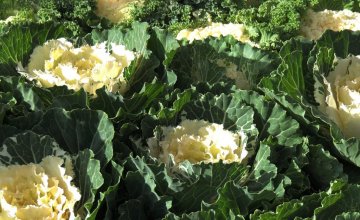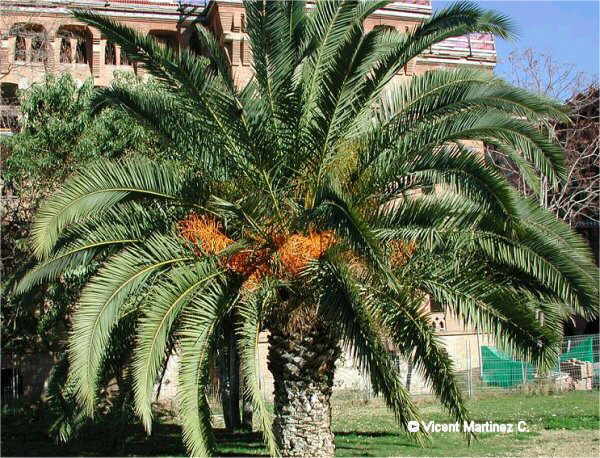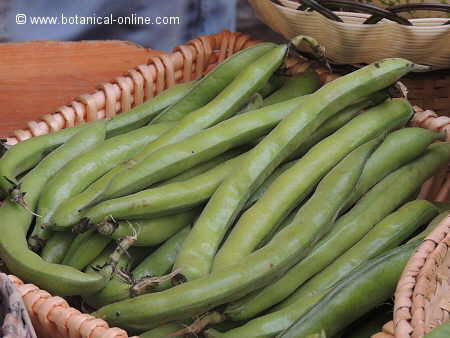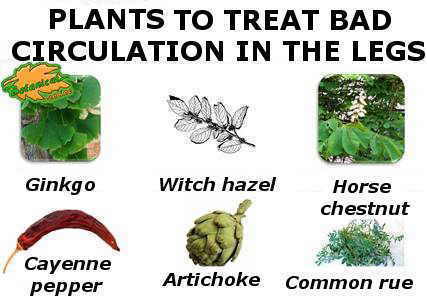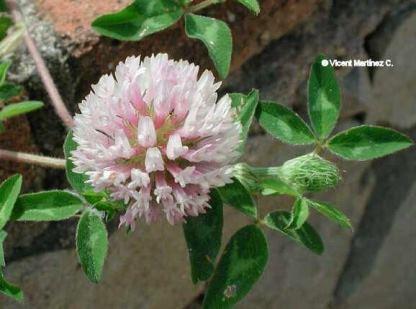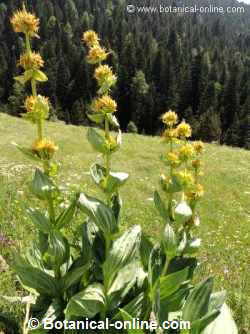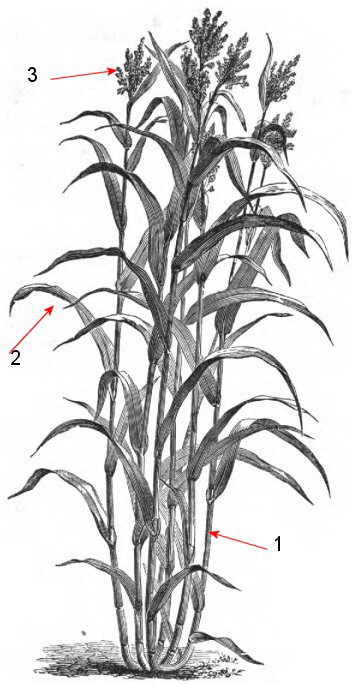Contents
What is a thyme plant?
Characteristics of thyme (Thymus vulgaris)
Common English noun: Thyme
– Spanish / Español: Tomillo, tremoncillo, tomillo de primavera, tomillo borriquero…
Scientific noun: Thymus vulgaris L.
Habitat: By the side of the roads and shrubs.
Family. Mint family – Lamiaceae
Description of thyme
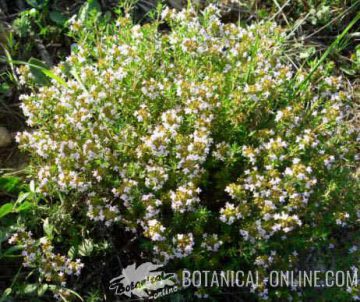
Perennial aromatic bush of the mint family – Lamiaceae or Labiatae – up to 30 cm.
Ligneous, grayish stems.
Lanceolate or ovate leaves, undivided, stalked, white velvety below and with the margins rolled inwards.
Pink or white flowers, with the upper lip cleft, the lower one divided in three lopes.
Reddish, velvet- like calyx.
Picking-up and storing thyme leaves and floral summits:
Thyme can be grown at home or collected from nature. It should not to be confused with wild thyme or creeping thyme (Thymus serpyllum).
Leaves and floral summits must be collected in spring. They should be dried in the shade and kept in a well-closed crystal container.
Thyme grown in the wild has more medicinal properties than in gardening, due to its higher content of phytochemicals.
Components of thyme
Among the main active components of thyme we will include:
- Essential oil (0.8 – 2.5%): rich in thymol and carvacrol (80%), p-cymene, gamma-terpinene, linalool, alpha-terpineol, anethole, borneol (leaves). Thyme belongs to the botanical family of Lamiaceae, the same to which rosemary, oregano, mint or lavender belongs. Many of these plants have in common the high content of essential oils, the main reason why they are used as aromatic herbs.
- Flavonoids: cirsilineol, thymonin, naringenin, eriodictyol, apigenin, luteolin, quercetin, rutin
- Vitamin C, beta-carotene
- Amino acids: cystine, valine, glycine, isoleucine (plant)
- Organic acids: nicotinic acid, caffeic acid, oleanolic acid, ursolic acid, rosmarinic acid
- Minerals: potassium, aluminium, calcium, cobalt and magnesium (leaves); iron (plant)
- Tannins
![]() More information on thyme
More information on thyme

